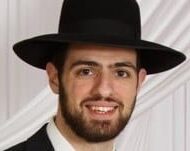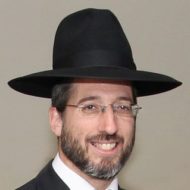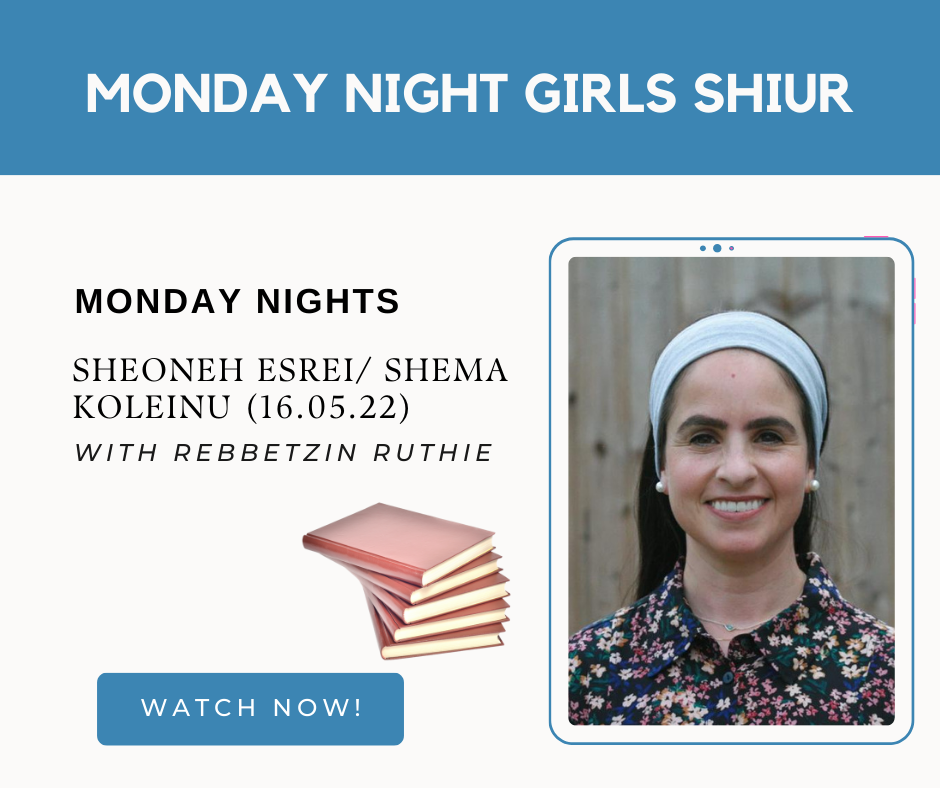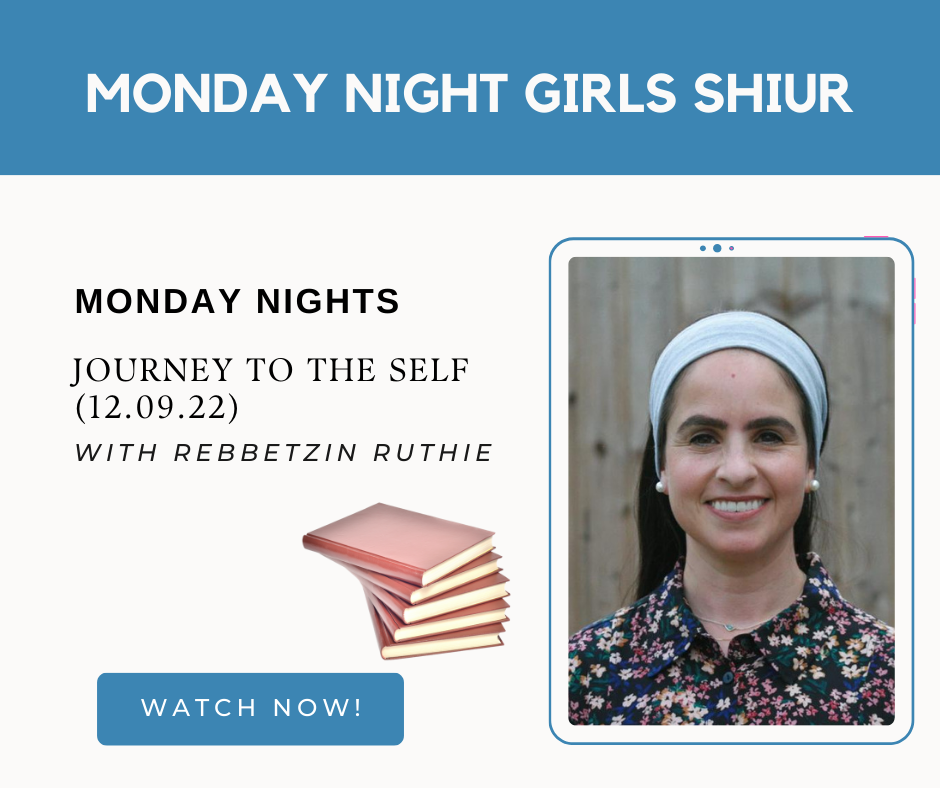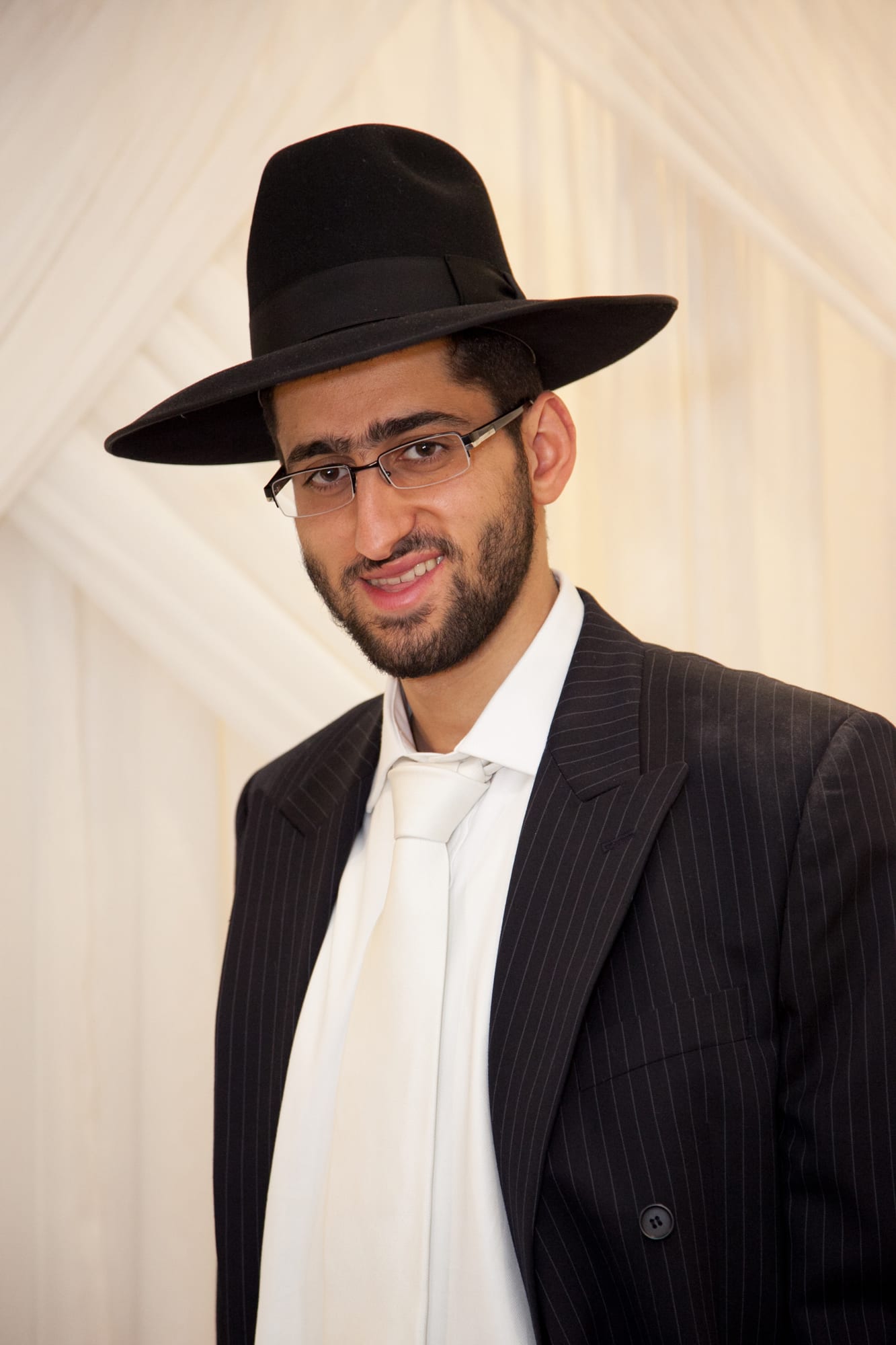
In my role as Registrar of our unique Beth Din, I regularly receive applications for conversion from men or women whose fathers are Jewish but mothers are not. Frequently, the applicant has lived a Jewish life their entire existence and is integrated in the Jewish community but has recognised that they will be unable to fully integrate in the community without a conversion. Applicants of such extraction often find it difficult to accept the need to undergo a full conversion and prefer to refer to the process as a ‘regularisation’ of their status rather than a fully-fledged conversion.
The source that Jewish identity is determined by matrilineal, rather than patrilineal, descent is the Talmud,[1] basing itself on a verse in the Torah.[2] There are no dissident opinions[3] and this law is clearly codified in the Halachic codes.[4]
But why is this the case? For what reason is Jewish identity different from Kehunah status which is certainly patrilineal?
King Solomon in Proverbs[5] urges us: ‘Hear, my child, your father’s instruction, and do not forsake the Torah of your mother’. It is most telling that we are instructed not to forsake the Torah of our mothers but are not instructed regarding the Torah of our fathers. For although it is the man who has an obligation to study and formally teach Torah to his son, it is the woman of the home who fleshes out the theoretical and abstract concepts of Torah and converts them into real life lessons. It is man who must study and understand the details of Torah from an intellectual perspective but it is woman who permeates the home with concrete and tangible Torah through the application of these details. Many a rabbi will tell you that although studying the laws of utensils becoming Taref[6] and unusable in the kitchen (through prohibited mixtures) can take many months, a woman from experience and practice can often know the answer without needing to consult a rabbinic authority.
The concept that a woman amplifies and develops her husband’s ideas can be found outside of Torah as well. Until the latter decades of the 20th century, it was the man who was the primary breadwinner of the home. Or perhaps a better term to use is the ‘doughwinner’. Because although men brought home money, of what use were notes and coins when they could not be used to buy with them food, clothing, and other essentials of life. There is nothing intrinsically valuable in money – the only value money has is in what it can acquire and attain. It was the woman who took the potential of the money of her husband and converted it into tangible and concrete reality, making the house into a home.
Perhaps one of the clearest manifestations of this concept is a woman’s rearing of her child. She takes a flash of energy of her husband and over a period of nine months, cultivates and nurtures a human being. An abstract drop is developed into a reality.
It is no surprise then, that Jewish identity is determined by one’s matrilineal descent. Far from being solely an academic and abstract pursuit, Judaism is a religion of practice, habit and custom. Without a Jewish woman in the house, Jewish continuity in terms of practice cannot survive. It is the Jewish mother who ensures our beautiful Torah and glorious customs and traditions are passed on to the next generation.
Let’s take our hats off to our women!
[1] Babylonian Talmud, Kiddushin, 68b.
[2] Devarim 7:3-4.
[3] See the opinion of Yaakov of Naburaya in Jerusalem Talmud, Kiddushin 3:12. But this individual seems to have been known for his foolish ideas – see Midrash Rabbah, Bereishit 7:2 and Kohelet Rabati 7:47 where he is referred to as a sinner.
[4] Shulhan Aruch, Eben Ha’Ezer, 8:5.
[5] 1:8.
[6] Non-Kosher.
